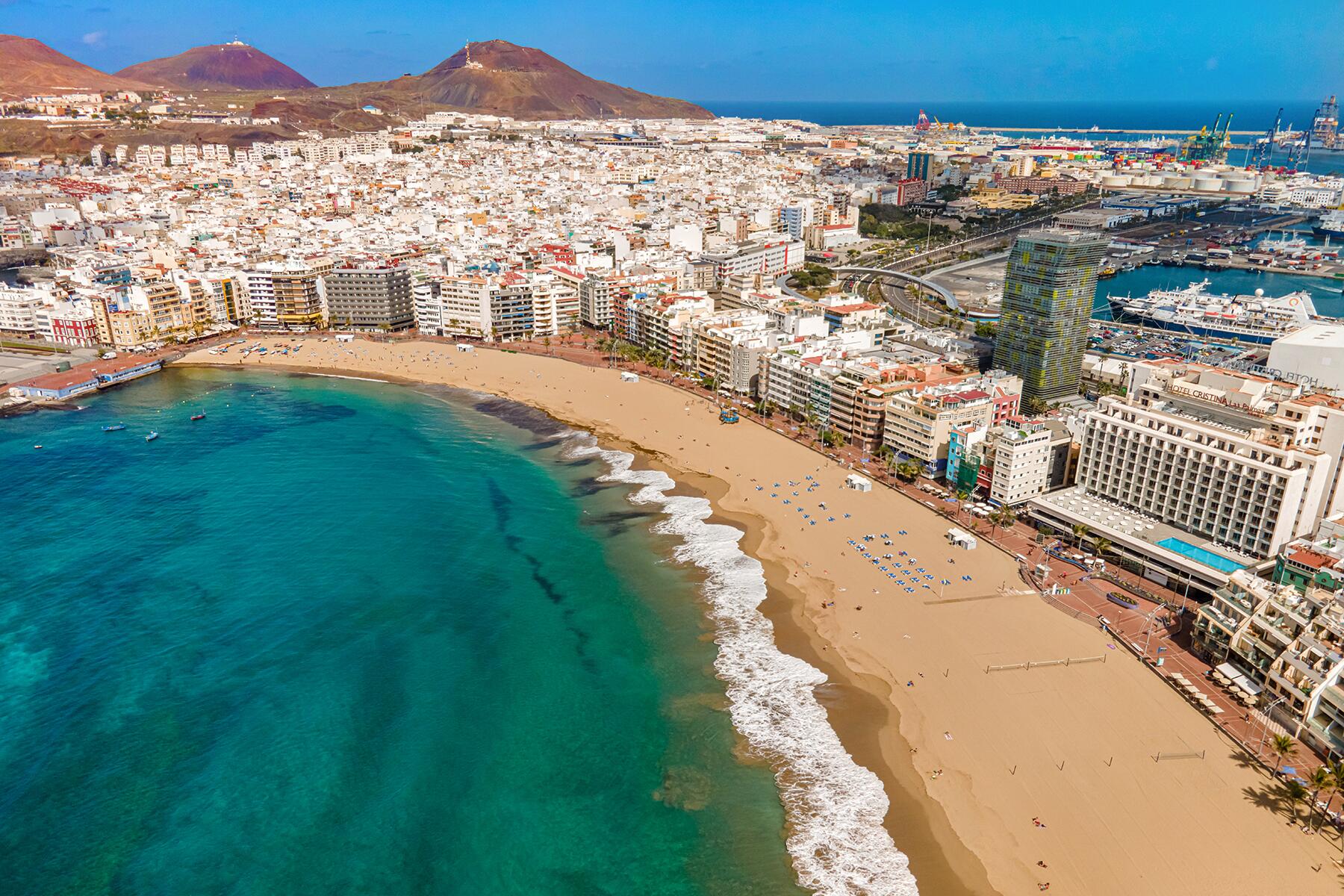Black Flag warnings were issued against beaches from Barcelona to Mallorca.
Spain has a coastline of 4,900 miles. Its beaches are regarded as some of the best in the world—dramatic, pristine, tourist-friendly. In fact, the nation prides itself as the country with the most number of Blue Flags, an ecolabel awarded by the non-profit Foundation for Environmental Education (FEE), which is given to beaches and marinas for water quality, safety, accessibility, and environmental management. In Spain, 629 beaches have received this distinction.
However, a report by environmental group Ecologistas en Acción (Ecologists in Action) has besmirched the reputation of Spanish beaches. The group has given Black Flags to 48 beaches in Spain due to pollution, dog poop, chemical spells, and other urban problems.
Ecologists gave 17 Black Flags due to over-development of the coast; 12 due to chemical spills, sanitation and purification problems; six due to light, noise, or chemical pollution; six due to impacts on biodiversity; with the remainder receiving the mark for various other factors. Spain was also the recipient of 48 of these ignominious flags last year.
Popular tourist destinations including Barcelona, Valencia, and the Canary Islands made the list. Mallorca received two Black Flags, one for an excess of jet skis, which causes noise pollution and threatens marine life, and another as a result of night boat parties in Colonia Sant Jordi.
Recommended Fodor’s Video
Related: The 20 Best Beaches in Spain
According to the report, one major problem for Spain is the increase of dog beaches without environmental impact assessment. Embarrassingly, Calzoa beach in Pontevedra, Galicia, was named the worst dog beach in the country.
Cigarette butts are the most abundant waste on Spain’s beaches. This year, Spain introduced new environmental guidelines requiring tobacco companies to clean up the butt litter from beaches and streets. In fact, 28 beaches have banned smoking altogether, and smokers will be fined if caught.
Related: Answer These Questions to Figure Out What Kind of European Vacation Is Right for You
Know Your Beach Flags
The Blue and Black flags may be symbolic, but there is an existent flag system for beach-goers to determine the safety and conditions of the coast. If you’re jetting off to a beach destination this summer, find out what each beach flag means.
Green: Green is the universal ‘Go’ color, but on the beach, it means conditions are calm but you should still exercise caution.
Red: Red denotes high hazard with strong currents and rough conditions of the sea. You should avoid swimming when the red flag is up.
Yellow: Yellow indicates medium hazard with moderate currents. Weak swimmers shouldn’t enter the water.
Red Over Red: When you see two red flags, you should stay out of the water. The beach is closed to the public.
Red and Yellow: A half-red-and-half-yellow flag indicates that the beach is supervised by lifeguards.
Purple: Purple warns that marine creatures such as jellyfish or stingrays are present in the water.
Black and White: A flag with black and white quarters indicates that it’s a watercraft area for surfers and non-powered sports.
Black Circle on Yellow: A yellow flag with a black circle is the opposite—non-powered watercrafts and surfing aren’t allowed.
Orange Cone Windsock: The orange windsock is your tell that the offshore winds are too strong for inflatables.
Red and White: A red-and-white flag is the sign of an emergency evacuation. Swimmers should leave. Situations include contaminated water, shark spotting, or search-and-rescue operations.
Related: A New Ranking of the World’s WORST Beach Destinations Includes 3 U.S. Cities



